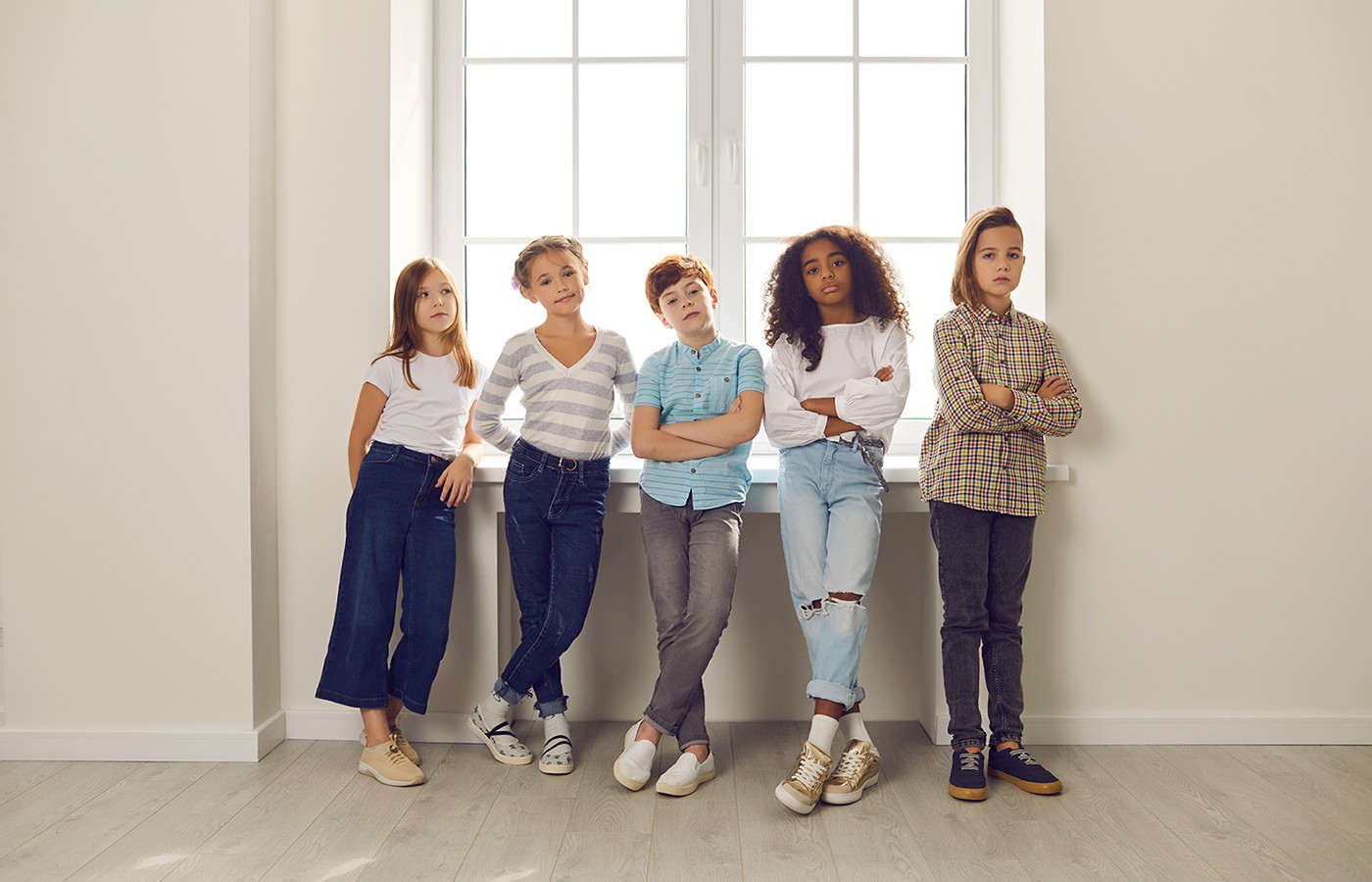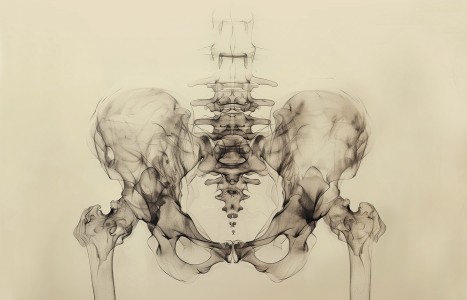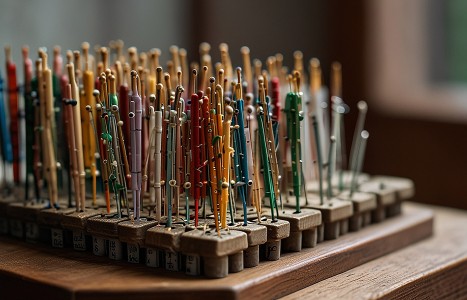People today want convenience, whether it be from their bank, credit card, favorite retail store, or restaurant. They demand it from the companies who hold their loyalty, including their health care providers (you). They don’t want to call and possibly be put on hold, and they want to use an app or schedule an appointment on your website. Here are three reasons your practice can gain by switching to online appointment scheduling.
Drowning in a Sea of Suffering: Post-Pandemic Anxiety in Children (Pt. 1)
- According to a recent national survey, one in four children are suffering from sleep problems due to anxieties since the pandemic began.
- As opposed to the pharmaceutical avenue, Chinese herbal formulas can provide an excellent alternative in such cases.
- The goal of any treatment of anxiety in children must first begin with helping a child feel more secure in your presence.
Stephen: One of the most concerning trends I am seeing these days is an increase in anxiety in young children and teens that has dramatically increased since the pandemic. I have been treating everything from suicidal 4-year-olds (imagine that!) all the way up to teens with identity crises who are refusing to go to school. According to a recent national survey, one in four children are suffering from sleep problems due to anxieties since the pandemic began.
The American Academy of Pediatrics now considers this to be a national mental health emergency. There seems to me to be an important role that Chinese medicine can play in this crisis. As most of you know, Western mental health tends to treat symptoms (the branches), but not the causes (roots). Psychotropic pharmaceuticals designed for adult psychiatric disorders are now being prescribed at shocking rates in young children.
Besides not treating the root cause, such “off-label” use of these medications carries with it significant risks of side effects, specifically because the therapeutic window is so small in children, meaning the effecting dose is so close to the toxic dosage.
Moshe: Absolutely! I see the same trends in my practice; it is present in many cases. Sometimes in the forefront, sometimes in the background, but in both cases, it is a significant part of the pathology. I am also hearing from parents that the support for pediatric mental health is not very accessible, and they are having a hard time finding the best avenue to help their children.
Although the pandemic has passed, I see that its emotional effect is still echoing. Children have been left with a lot of anxiety and difficulties with reacclimating back to normal life after the chaos that was created by the pandemic. They are given no tools to deal with getting back to “normal” when this “normal” is not something tangible.
As opposed to the pharmaceutical avenue, I find that Chinese herbal formulas can provide an excellent alternative. If the child can overcome the taste, I find that children report feeling much better with the herbs as opposed to “not feeling themselves” while taking the pharmaceuticals. There are many formulas that can support the mental, emotional, and physical state of being anxious depending on the diagnosis of the individual, but I want to bring up one as an example.
“Amber Nourishing the Heart Pill” (Hu Po Yang Xin Dan) is a formula that addresses this state of imbalance of the heart. It strengthens heart qi and blood while calming the shen and regulating the flow of qi and blood. Hu Po/Amber is one of the ingredients of the formula that is a powerful medicinal to treat most of the above-described imbalances – it calms the shen and anxiety, treats palpitations and helps with insomnia, all of which are common symptoms of anxiety. I use variations of this formula adapted to the specific patient with great results.
Stephen: Children with longstanding anxiety present with a host of seemingly unrelated symptoms: digestive disorders, chronic skin disorders, respiratory disorders and cognitive disorders (particularly ADHD). So, what is the root cause of this post-pandemic epidemic? Anxiety in children was on the rise even before the pandemic, but it skyrocketed once the world shut down.
To me, the root cause of this is what I call Alienation-Inflammation syndrome (A.I.). Children are naturally evolved to grow within nurturing, attentive communities where extended family members lend a hand in caring for the young. Since the pandemic, I find children more disembodied due to too much screen time, too much mental work without enough time in nature, too little sleep, poor diet, and of course, exposure to intense violence in the news, social media, video games etc.
Moshe: Stephen, I think you touched on a very important aspect that was talked about during the pandemic, but is not so now; that is, the role that social interaction has in the development of many social skills in children, as well as mental and emotional development. When social interactions were restricted, children did not develop social skills and more so felt very confused and unsure of how to act. This resulted in a lot of anxiety related to going to school and interacting with peers, friends and family.
It is so important to discuss with parents of anxious children the importance of creating family time for just being together, with no screens, and maybe talking about what happened in the day. Also creating get-togethers with friends [during which] screens cannot be accessed so the children interact between themselves and develop that skill.
Stephen: Yes, the goal of any treatment of anxiety in children must first begin with helping a child feel more secure in your presence. . With your body language or the tone of your voice, you create a safe atmosphere for treatment. Looking and listening are the first two pillars of our Chinese medical encounter. Like trauma, anxiety is held in the body, so rather than asking, “Why are you anxious?”, which simply elicits more mental confusion and further disembodiment, I recommend starting by asking, “Where are you experiencing your anxiety, worry, tension?” This immediately shifts the focus toward a more embodied experience that allows a child to locate and eventually release the tension.
This power of noticing the subtle shifting of sensations gives a child a greater sense of physical control of their emotions, rather than letting them remain as abstract mental concepts. Then we can palpate the channels and acupoints to gather information about “where” the anxiety is lodged.
This is a teachable moment for children (and their parents) because, as we know, each acupuncture point has a particular name and meaning that can help a child “connect the dots” to the “why” and “how” they can release their anxieties and feel better.
Editor’s Note: If you’d like to learn more about the unique ways Chinese medicine can help children grow and thrive in their lives, Stephen and Moshe are offering in-person teachings and recorded pediatric courses. For more information, visit www.jingshenpediatrics.com. Part 2 of their conversation appears in the June issue.
Moshe Heller has been practicing and teaching Chinese medicine for the past 30 years and is a graduate of Pacific College, San Diego. He is the former academic dean and has chaired the department of Oriental medicine, herbal medicine and clinic at Pacific College, New York. He currently maintains a busy practice in New York City.
Dr. Stephen Cowan is a board-certified pediatrician with more than 35 years of clinical experience working with children. He has a subspecialty in developmental pediatrics and is a fellow in the American Academy of Pediatrics, serving as a member of the AAP section on developmental disabilities. As a longtime student of Chinese medicine and taichi, Dr. Cowan has developed a unique holistic approach to empowering children.



